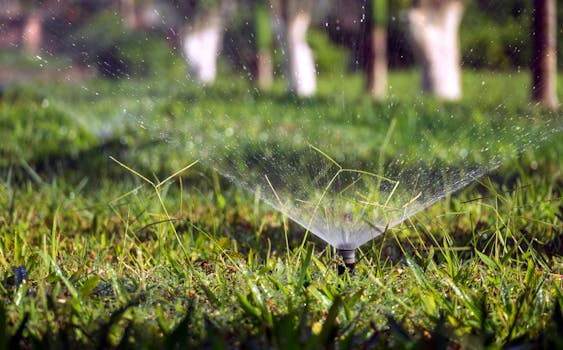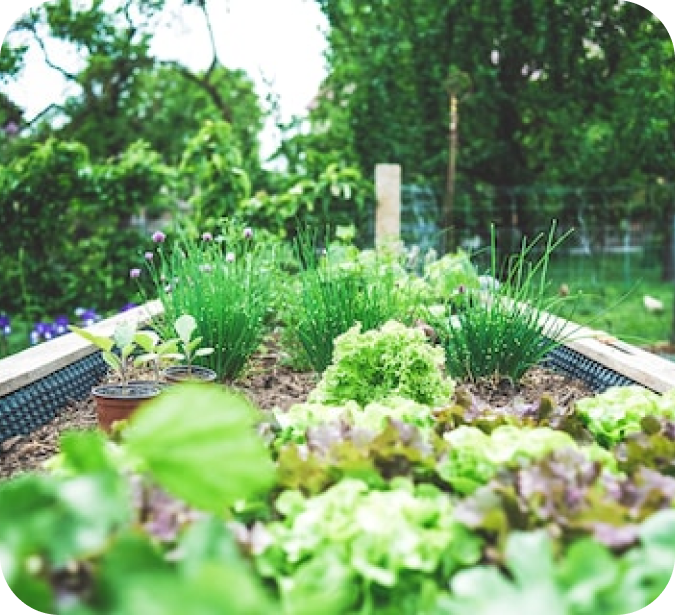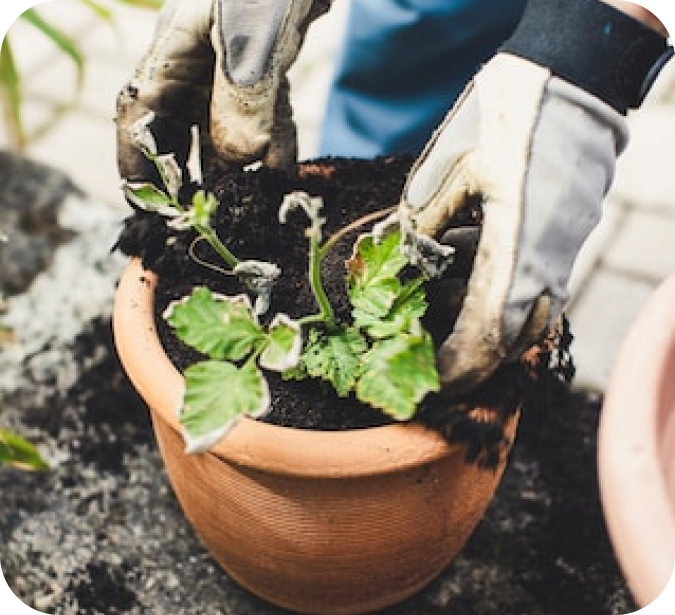“Unlock the Secrets to a Vibrant, Year-Round Lawn in Myrtle Beach!”
Introduction
Achieving a lush, green lawn year-round in Myrtle Beach requires a blend of local knowledge, strategic planning, and expert care. “Myrtle Beach Lawn Care Secrets: Achieve a Lush, Green Lawn Year-Round” unveils the essential techniques and insider tips tailored to the unique climate and soil conditions of this coastal region. From understanding the seasonal challenges posed by the subtropical weather to selecting the right grass varieties and mastering irrigation techniques, this guide provides comprehensive insights for both novice and experienced gardeners. Whether you’re dealing with sandy soils, salt spray, or the intense summer heat, this resource equips you with the tools and strategies needed to maintain a vibrant and healthy lawn throughout the year.
Seasonal Lawn Care Tips for Myrtle Beach: Maintaining Year-Round Greenery
Living in Myrtle Beach offers the unique opportunity to enjoy a lush, green lawn year-round, thanks to the region’s mild climate. However, achieving and maintaining that perfect lawn requires a bit of know-how and seasonal attention. As someone who has spent years nurturing my own patch of paradise, I can share some insights into the seasonal lawn care practices that will keep your grass looking its best throughout the year.
Spring is the season of renewal, and it’s the perfect time to give your lawn a fresh start. As temperatures begin to rise, it’s important to focus on cleaning up any debris that may have accumulated over the winter months. Raking away leaves and twigs not only improves the appearance of your lawn but also allows sunlight and air to reach the grass, promoting healthy growth. Once your lawn is clear, consider aerating the soil. This process involves perforating the ground with small holes to allow air, water, and nutrients to penetrate the roots more effectively. Aeration is particularly beneficial in Myrtle Beach, where sandy soils can become compacted over time.
As spring progresses, it’s time to think about fertilization. A balanced, slow-release fertilizer will provide your lawn with the nutrients it needs to thrive. Be sure to choose a product that is appropriate for your specific grass type, as different varieties have different nutritional requirements. In Myrtle Beach, warm-season grasses like Bermuda and Zoysia are popular choices, and they benefit from a fertilizer high in nitrogen. Applying fertilizer in the spring sets the stage for robust growth as the weather warms.
Transitioning into summer, the focus shifts to maintaining moisture levels. Myrtle Beach summers can be hot and dry, so it’s crucial to water your lawn deeply and infrequently. This encourages deep root growth, making your grass more drought-resistant. Watering early in the morning is ideal, as it reduces evaporation and allows the grass to dry before evening, minimizing the risk of fungal diseases. Additionally, raising your mower blades during the summer months can help keep your lawn healthy. Taller grass shades the soil, reducing water loss and keeping the roots cooler.
As fall approaches, it’s time to prepare your lawn for the cooler months ahead. This is the ideal time to overseed any bare or thin patches, as the mild temperatures and increased rainfall create optimal conditions for seed germination. Choose a grass seed that complements your existing lawn and is suited to the Myrtle Beach climate. Fall is also an excellent time to apply a pre-emergent herbicide to prevent winter weeds from taking hold.
Finally, as winter sets in, lawn care becomes more about monitoring than active maintenance. While Myrtle Beach winters are relatively mild, it’s still important to avoid excessive foot traffic on dormant grass, as this can cause damage. Keep an eye out for any signs of disease or pests, and address them promptly to prevent long-term issues.
By following these seasonal lawn care tips, you can enjoy a lush, green lawn in Myrtle Beach all year long. With a little effort and attention to detail, your lawn will be the envy of the neighborhood, providing a beautiful backdrop for outdoor activities and relaxation.
Soil and Fertilization Secrets for a Vibrant Myrtle Beach Lawn
Achieving a lush, green lawn in Myrtle Beach year-round is a dream for many homeowners, and understanding the secrets of soil and fertilization is key to making this dream a reality. The unique climate and soil conditions in this coastal region present both challenges and opportunities for lawn care enthusiasts. However, with the right approach, you can transform your lawn into a vibrant oasis that thrives in every season.
First and foremost, understanding the soil composition in Myrtle Beach is crucial. The sandy soil prevalent in this area drains quickly, which can be both a blessing and a curse. On one hand, it prevents waterlogging, but on the other, it can lead to nutrient leaching. Therefore, regular soil testing is essential to determine the pH level and nutrient content. This will guide you in selecting the appropriate fertilizers and amendments to enrich your soil. Typically, Myrtle Beach soil tends to be acidic, so lime may be necessary to raise the pH to an optimal level for grass growth.
Once you have a clear understanding of your soil’s needs, the next step is to choose the right fertilizer. A balanced fertilizer with a ratio of nitrogen, phosphorus, and potassium is generally recommended. However, the specific needs of your lawn may vary based on the results of your soil test. Nitrogen is particularly important for promoting lush, green growth, but it should be applied judiciously to avoid burning the grass. Slow-release fertilizers are an excellent choice as they provide a steady supply of nutrients over time, reducing the risk of over-fertilization.
In addition to selecting the right fertilizer, timing is everything when it comes to application. In Myrtle Beach, the best time to fertilize is during the growing seasons—spring and fall. These are the periods when grass is actively growing and can best utilize the nutrients. Applying fertilizer in the early morning or late afternoon can also help prevent evaporation and ensure that the nutrients are absorbed effectively.
Moreover, incorporating organic matter into your soil can significantly enhance its fertility and structure. Compost, for instance, is a fantastic addition that improves soil aeration and water retention while providing a slow release of nutrients. Regularly top-dressing your lawn with a thin layer of compost can work wonders in maintaining soil health and promoting vigorous grass growth.
Watering practices also play a vital role in maintaining a healthy lawn. Given the sandy nature of Myrtle Beach soil, deep and infrequent watering is recommended to encourage deep root growth. This approach not only conserves water but also helps the grass withstand periods of drought. It’s important to water early in the morning to minimize evaporation and fungal diseases.
Finally, aeration is a crucial practice that should not be overlooked. Over time, soil can become compacted, especially in high-traffic areas, restricting root growth and nutrient uptake. Aerating your lawn once or twice a year, preferably in the fall, can alleviate compaction and improve the movement of air, water, and nutrients to the roots.
In conclusion, achieving a vibrant Myrtle Beach lawn year-round requires a thoughtful approach to soil and fertilization. By understanding your soil’s unique characteristics, selecting the right fertilizers, and adopting best practices in watering and aeration, you can create a lush, green lawn that is the envy of the neighborhood. With patience and dedication, your Myrtle Beach lawn can thrive in every season, providing a beautiful backdrop for outdoor enjoyment.
Watering and Mowing Strategies for Optimal Lawn Health in Myrtle Beach
Achieving a lush, green lawn year-round in Myrtle Beach requires a keen understanding of the unique climate and soil conditions that characterize this beautiful coastal region. As someone who has spent years nurturing lawns in this area, I can attest that the key to optimal lawn health lies in mastering the art of watering and mowing. These two fundamental practices, when executed correctly, can transform your lawn into a verdant oasis that thrives despite the challenges posed by the local environment.
To begin with, understanding the watering needs of your lawn is crucial. Myrtle Beach’s warm, humid climate can be both a blessing and a curse for lawn care. While the abundant sunshine promotes growth, it also increases evaporation, necessitating a strategic approach to watering. The best time to water your lawn is early in the morning, ideally between 6 and 10 a.m. This timing allows the grass to absorb moisture before the sun’s intensity peaks, reducing water loss through evaporation. Moreover, watering in the morning helps prevent fungal diseases that can develop when grass remains wet overnight.
It’s important to water deeply but infrequently, encouraging the roots to grow deeper into the soil. This practice not only enhances drought resistance but also fortifies the grass against pests and diseases. Aim to provide your lawn with about one inch of water per week, including rainfall. To measure this, you can place a rain gauge or a small container on your lawn while watering. Adjust your watering schedule based on the season and weather conditions, as overwatering can lead to shallow root systems and increased susceptibility to disease.
Transitioning to mowing, the frequency and height at which you mow your lawn significantly impact its health and appearance. In Myrtle Beach, where warm-season grasses like Bermuda, Zoysia, and St. Augustine are prevalent, maintaining the correct mowing height is essential. For Bermuda grass, aim for a height of 1 to 1.5 inches, while Zoysia and St. Augustine grasses thrive at 2 to 3 inches. Mowing at the right height ensures that the grass can photosynthesize efficiently, promoting robust growth and a vibrant green color.
Equally important is the frequency of mowing. During the peak growing season, typically from late spring to early fall, you may need to mow your lawn once a week. However, avoid cutting more than one-third of the grass blade at a time, as this can stress the plant and hinder its growth. Regular mowing not only keeps your lawn looking neat but also helps control weeds by preventing them from seeding.
In addition to these strategies, maintaining sharp mower blades is vital. Dull blades tear the grass, leaving ragged edges that can turn brown and invite disease. Sharpen your mower blades at least once a season to ensure clean cuts and a healthy lawn.
By integrating these watering and mowing strategies into your lawn care routine, you can achieve a lush, green lawn that stands out in Myrtle Beach’s picturesque landscape. With patience and attention to detail, your lawn will not only survive but thrive, providing a beautiful backdrop for outdoor activities and enhancing the overall appeal of your home.
Conclusion
In conclusion, achieving a lush, green lawn year-round in Myrtle Beach requires a strategic approach tailored to the region’s unique climate and soil conditions. Key practices include selecting the right grass type, implementing a consistent watering schedule, and applying appropriate fertilizers and pest control measures. Regular mowing, aeration, and overseeding are also essential to maintain lawn health and resilience. By understanding and addressing the specific challenges of the Myrtle Beach environment, homeowners can enjoy a vibrant and thriving lawn throughout the year.











